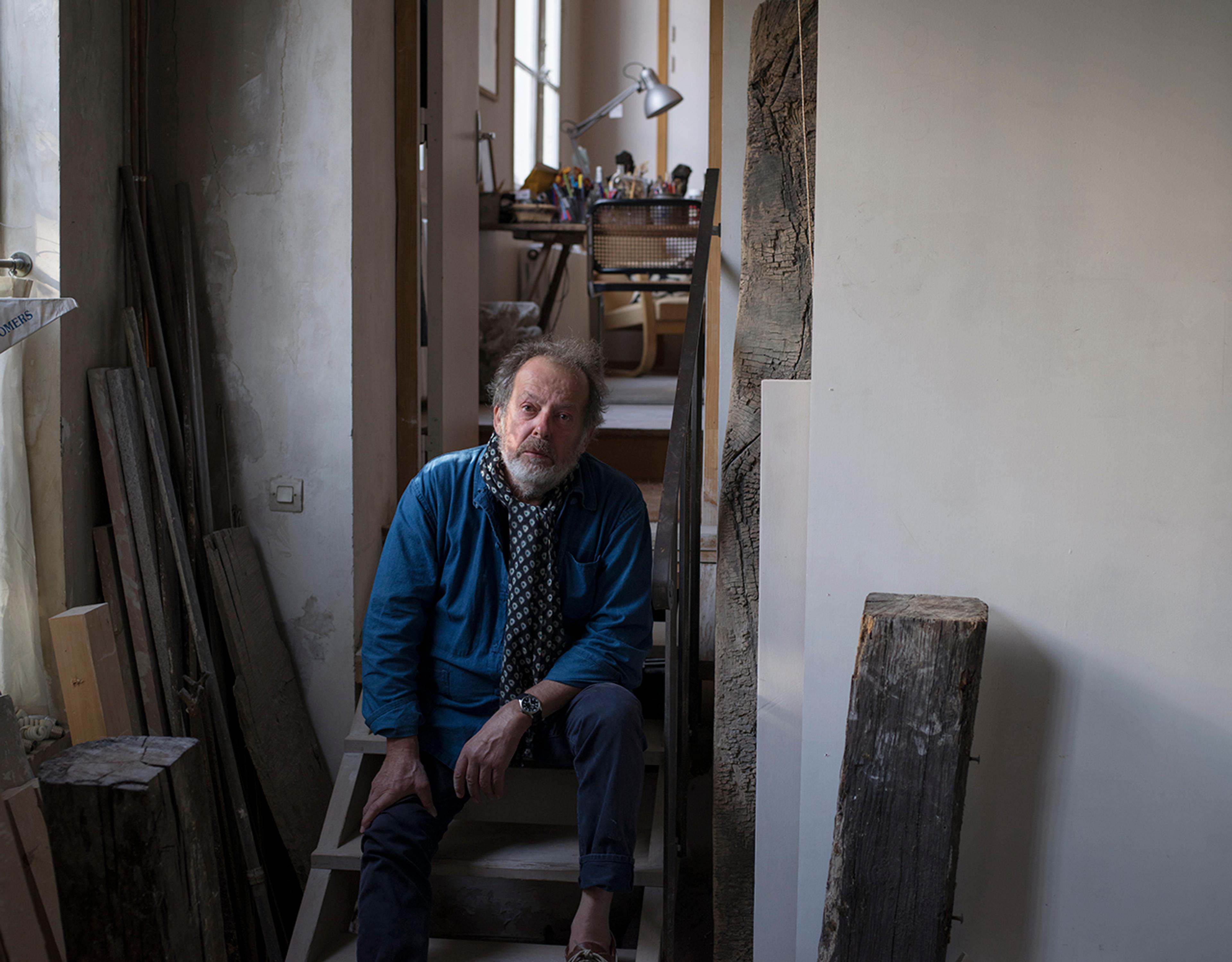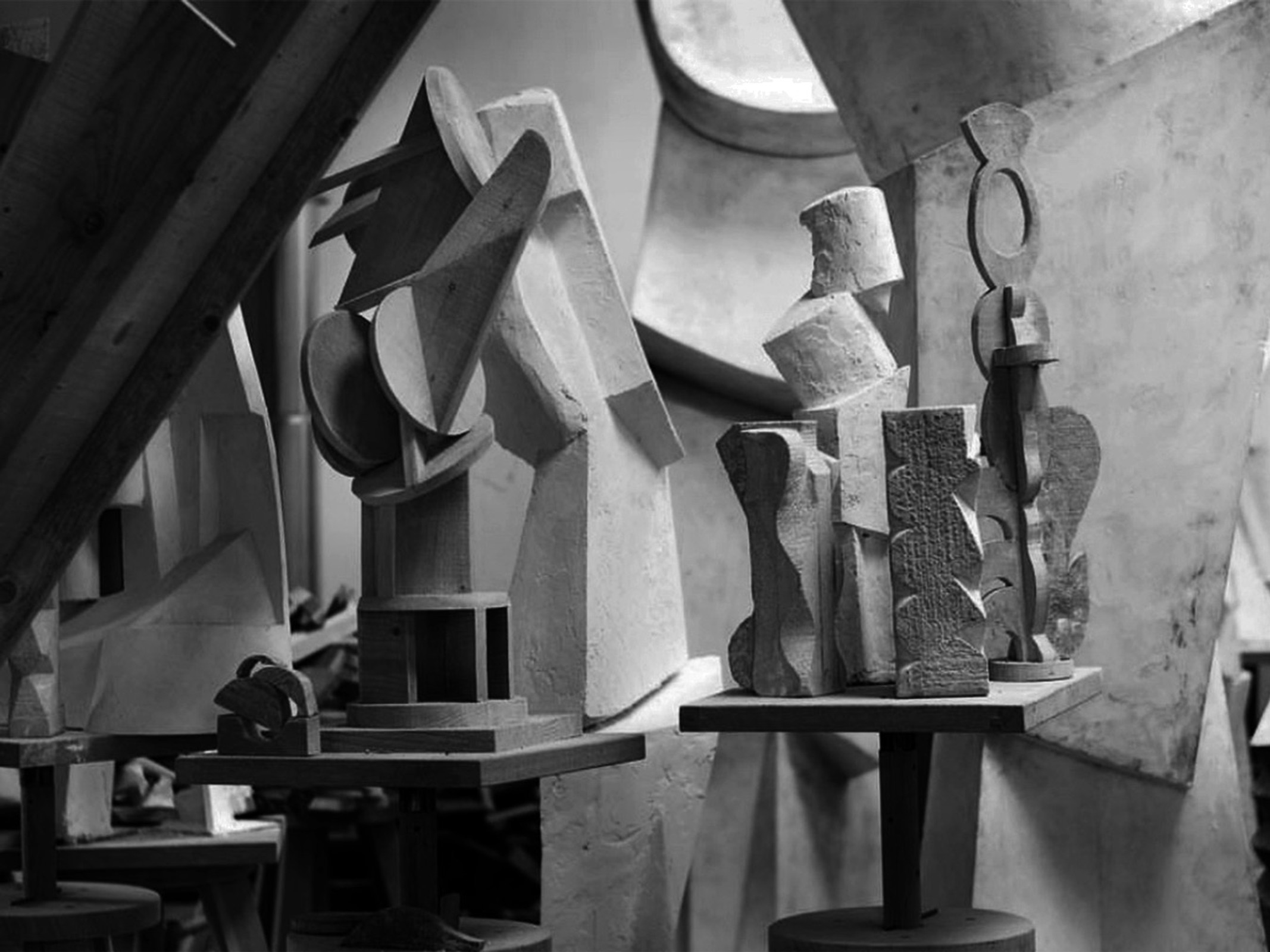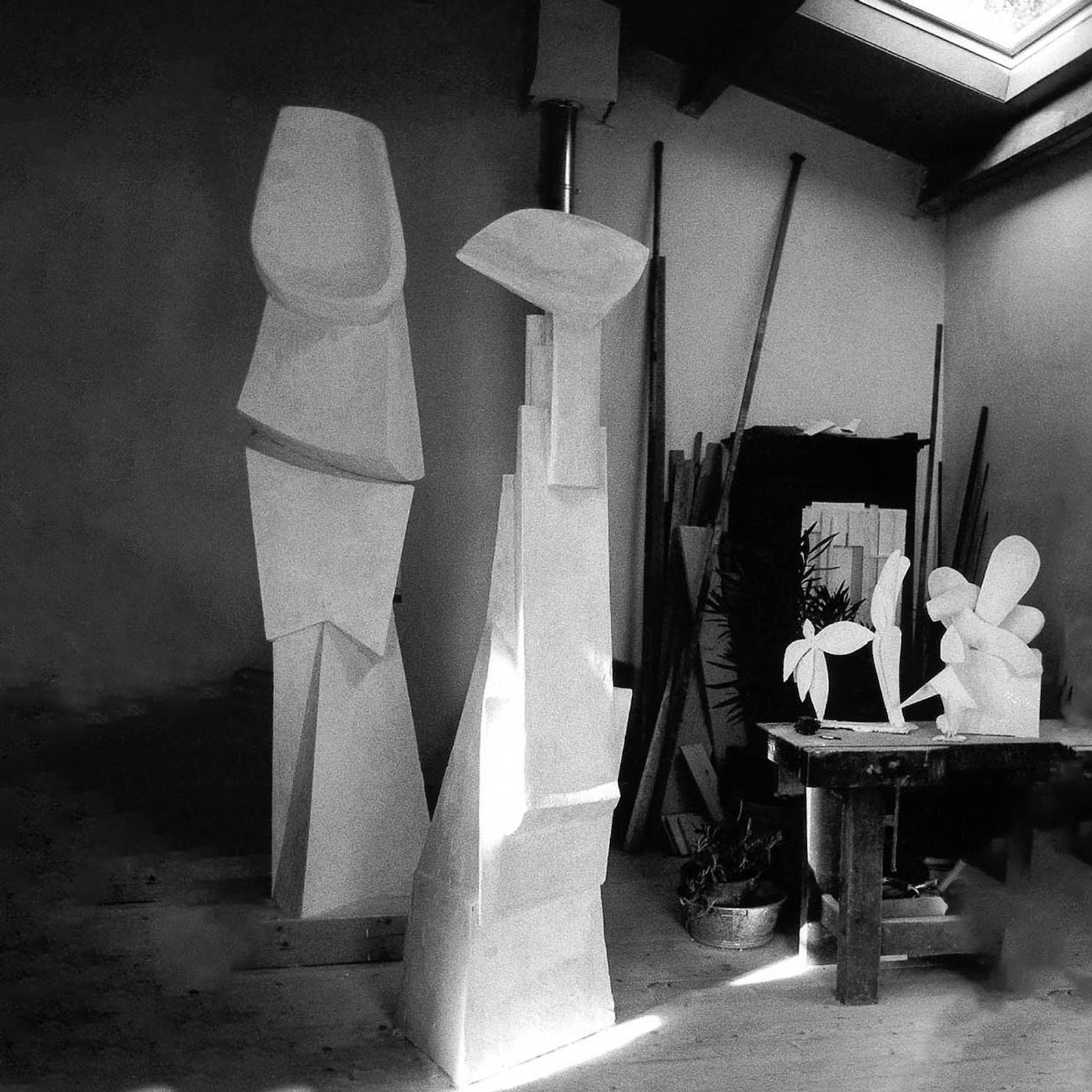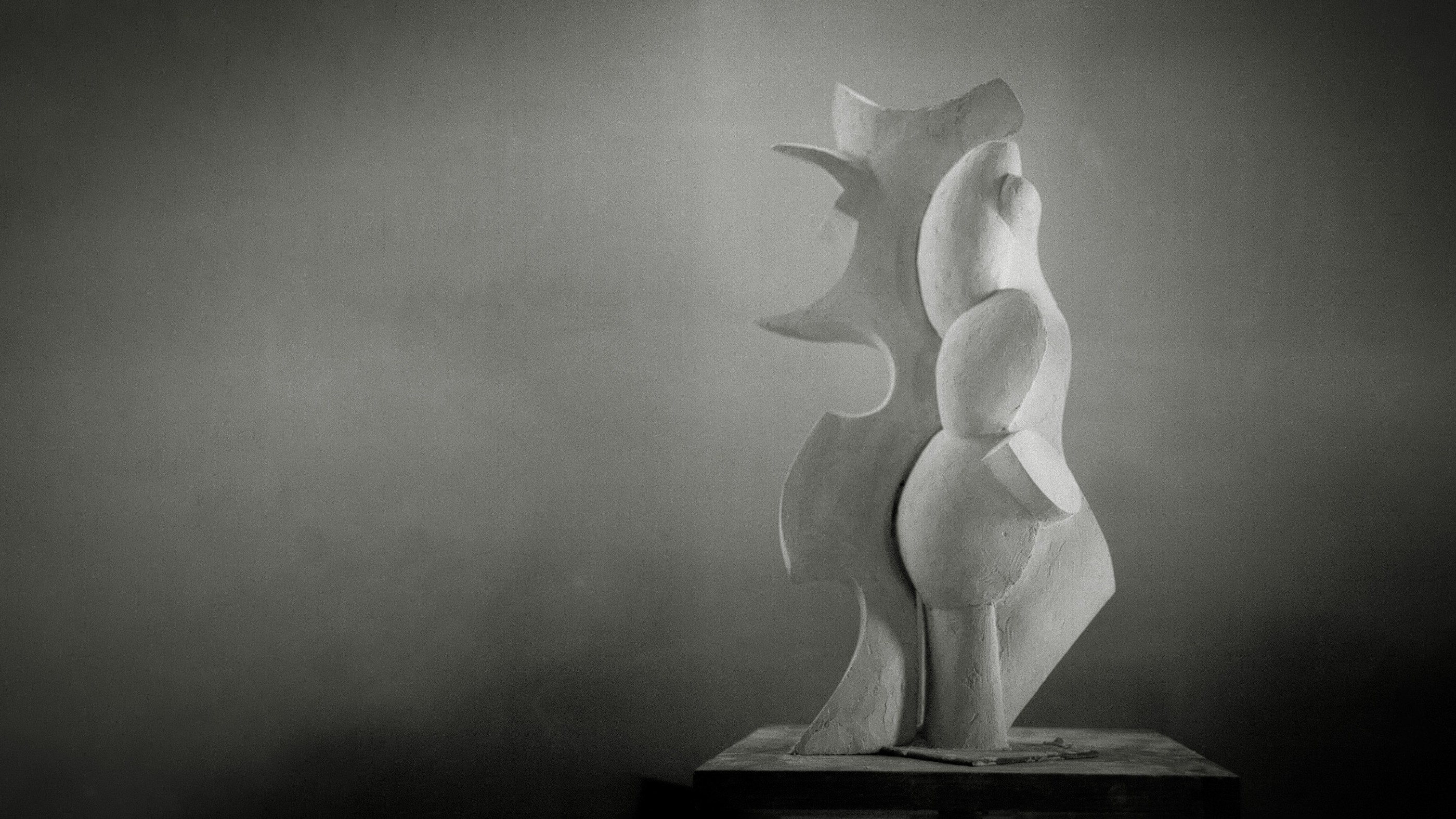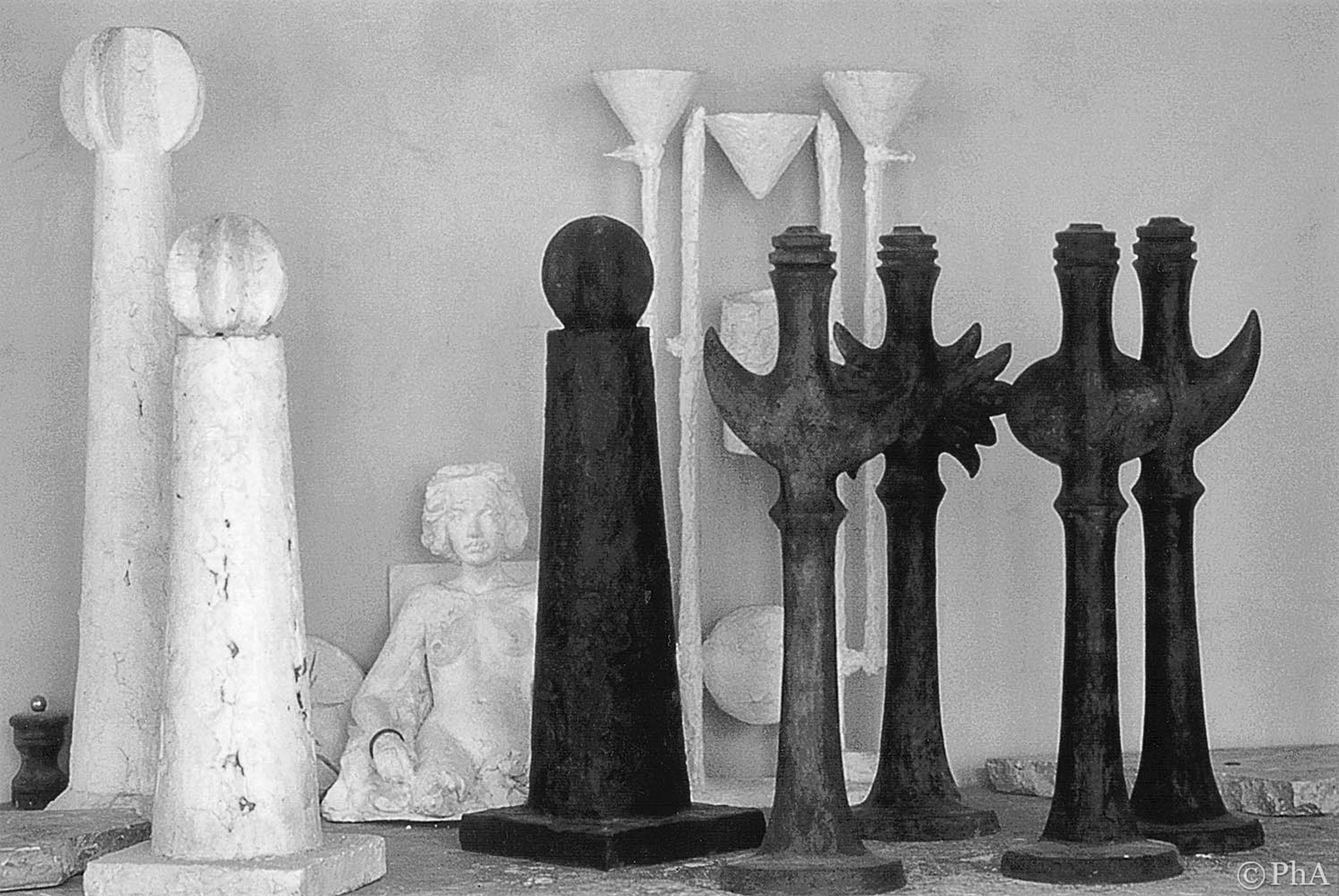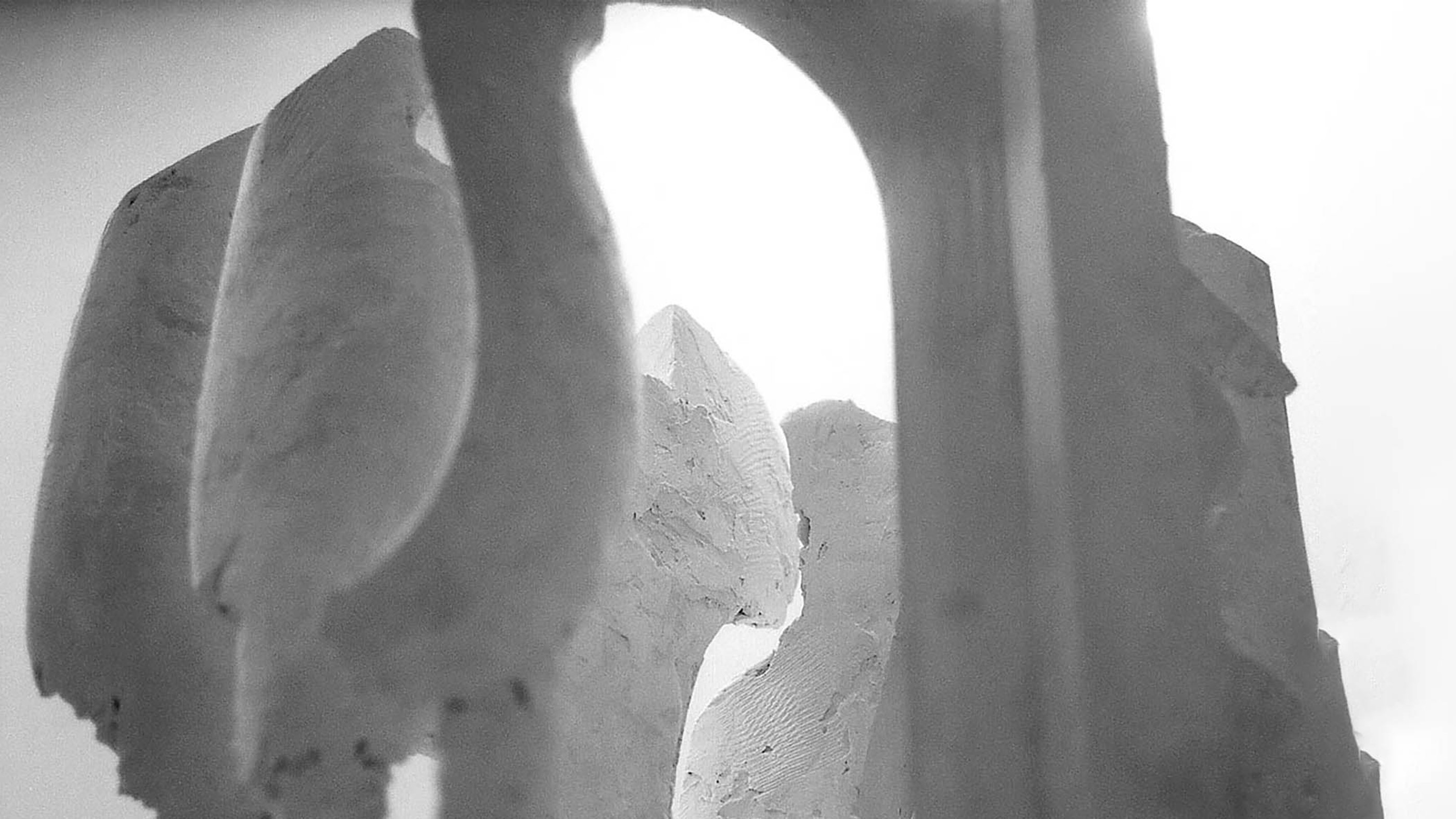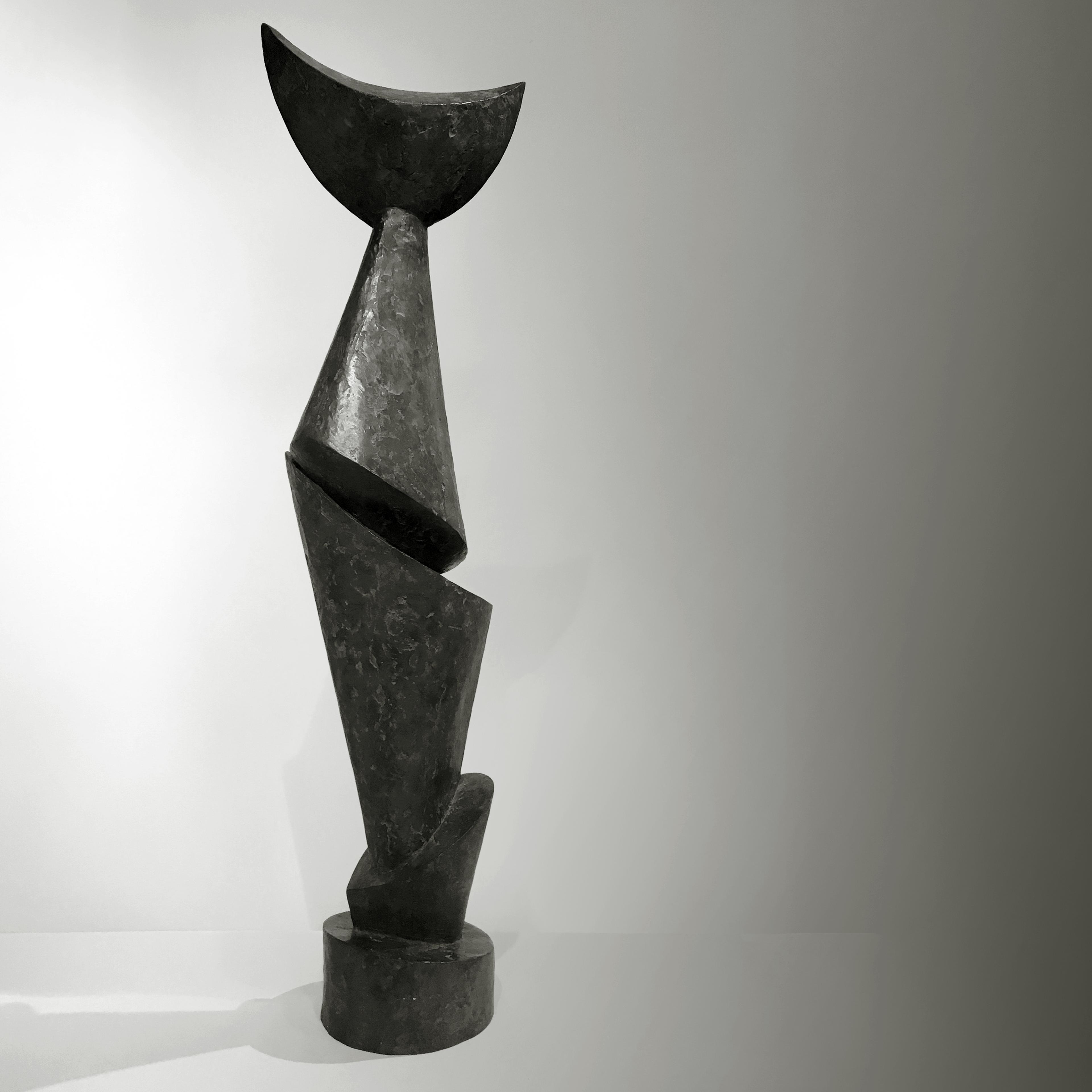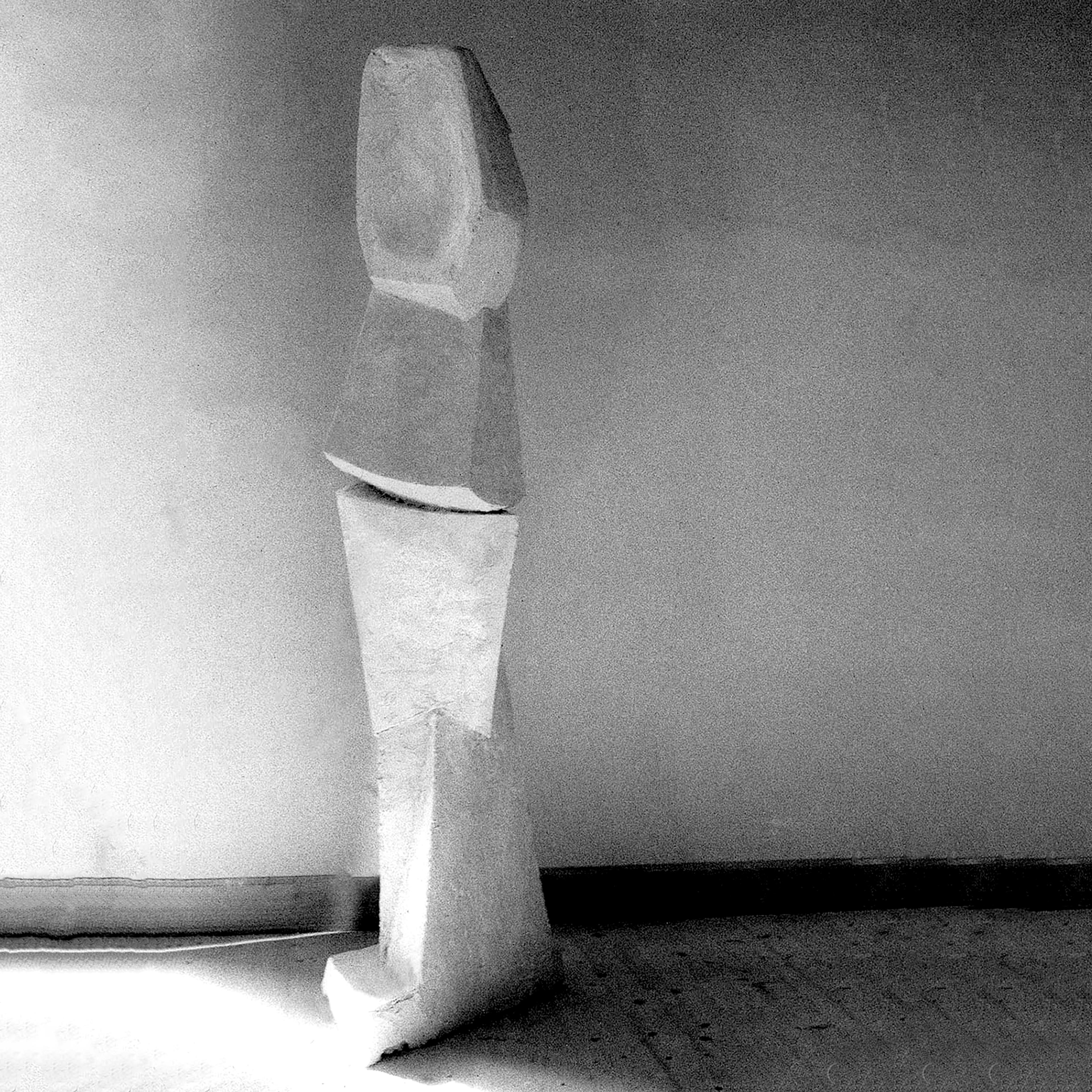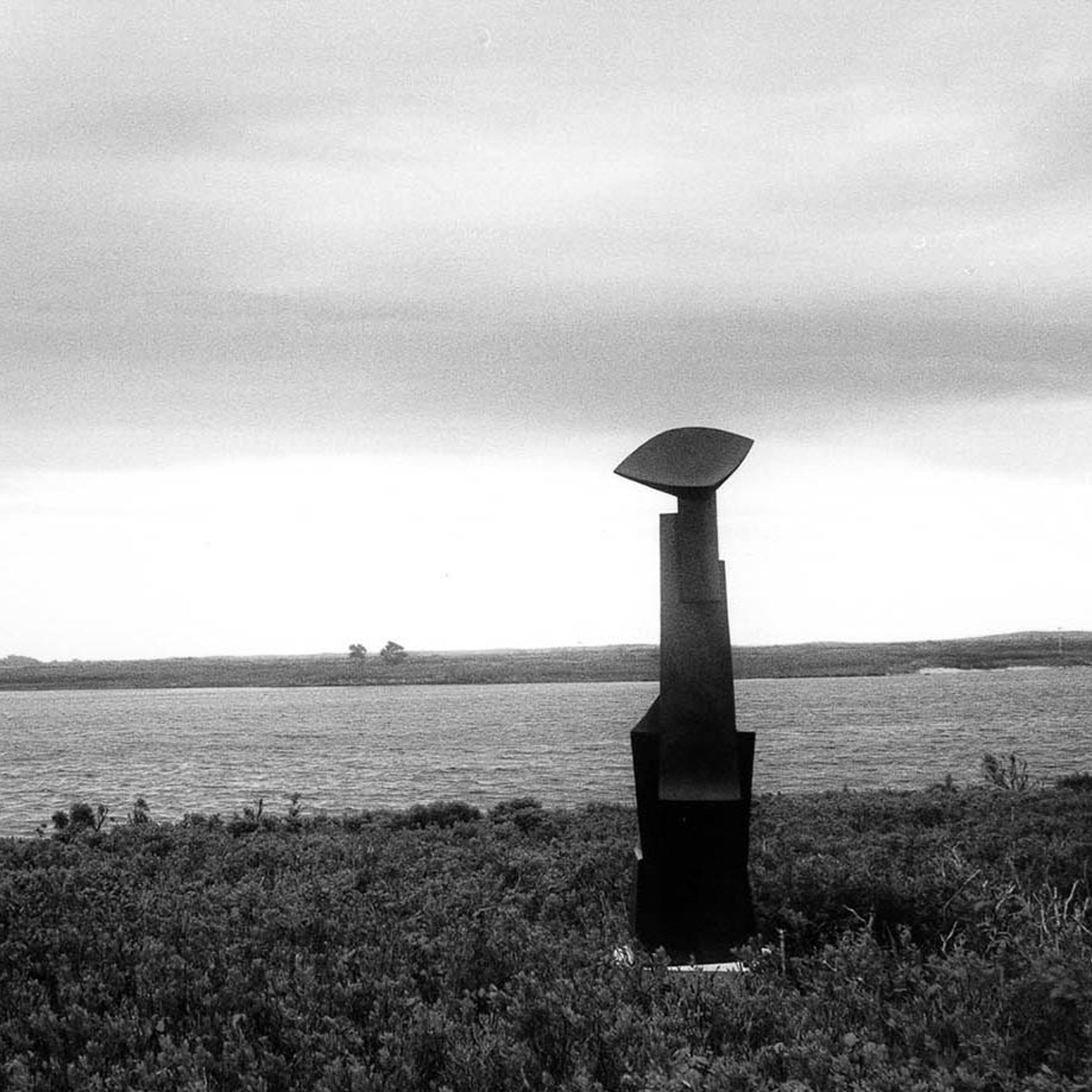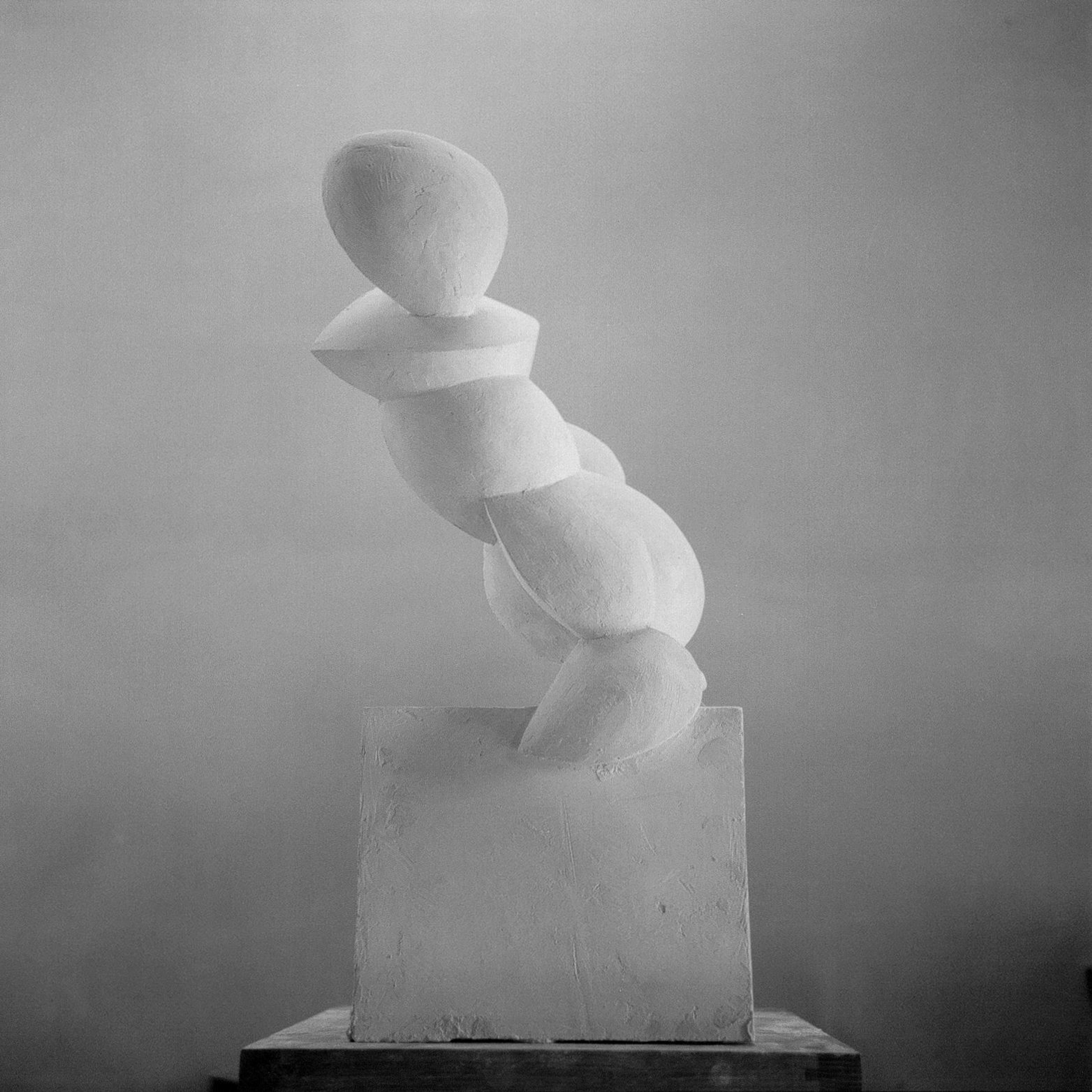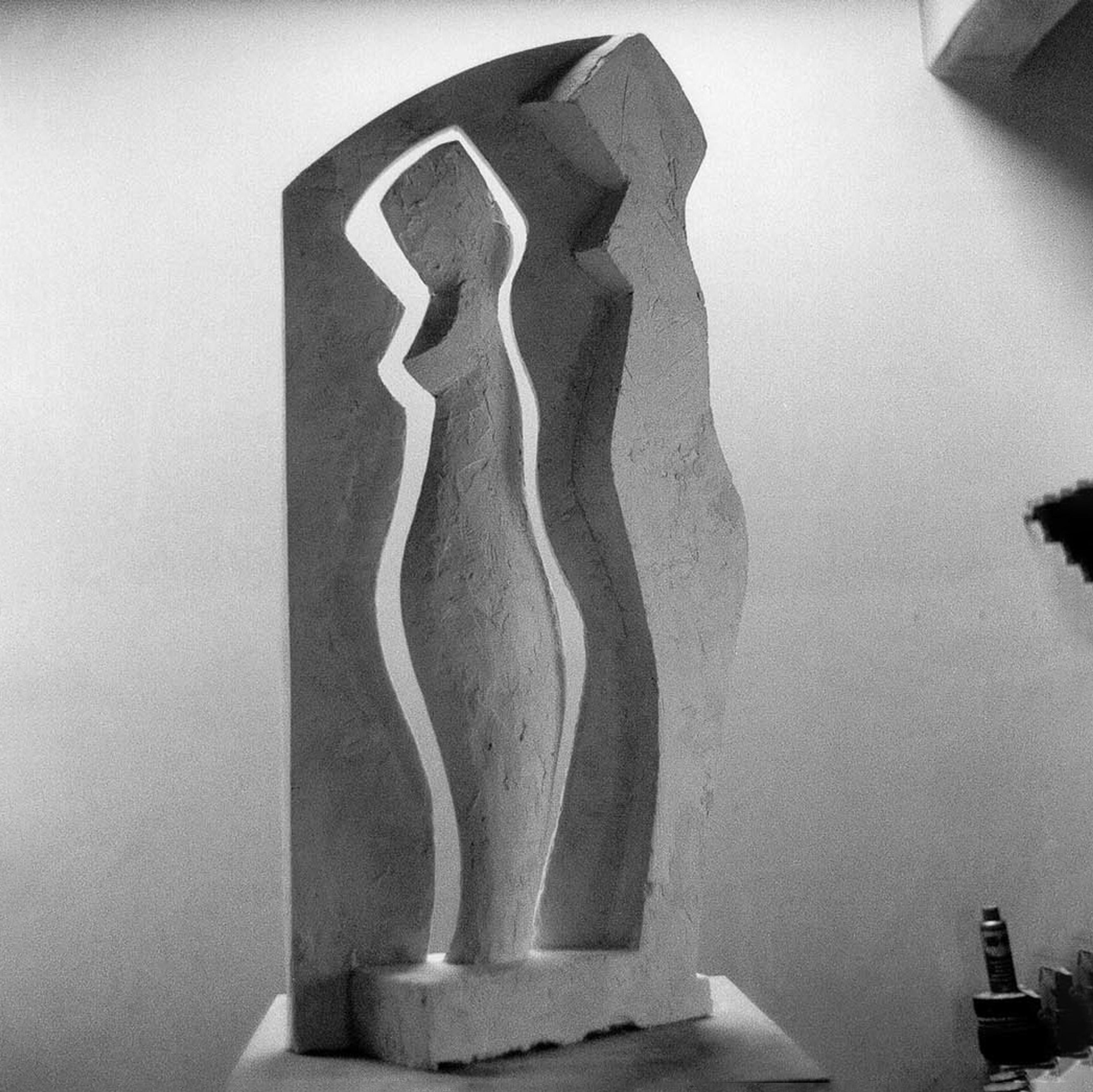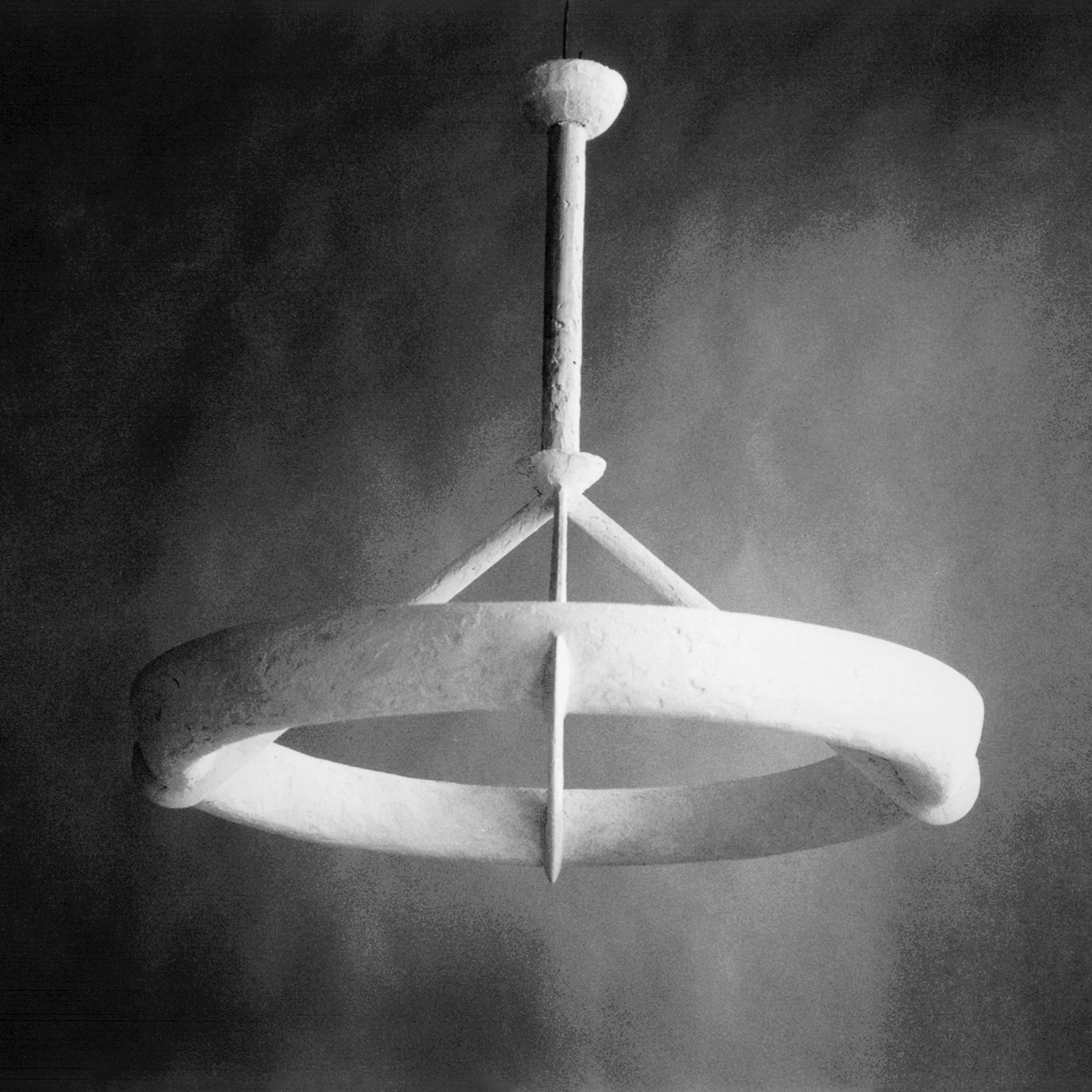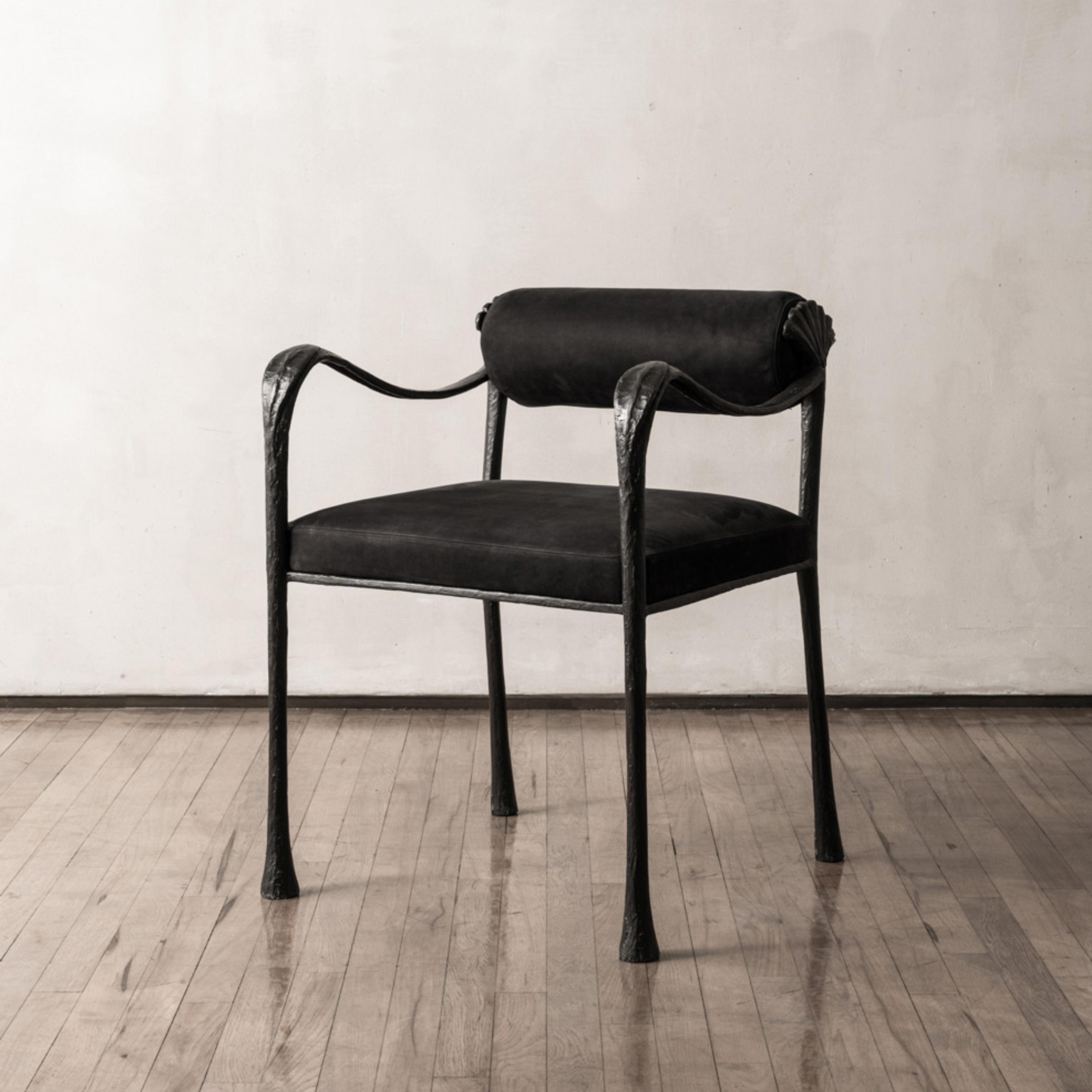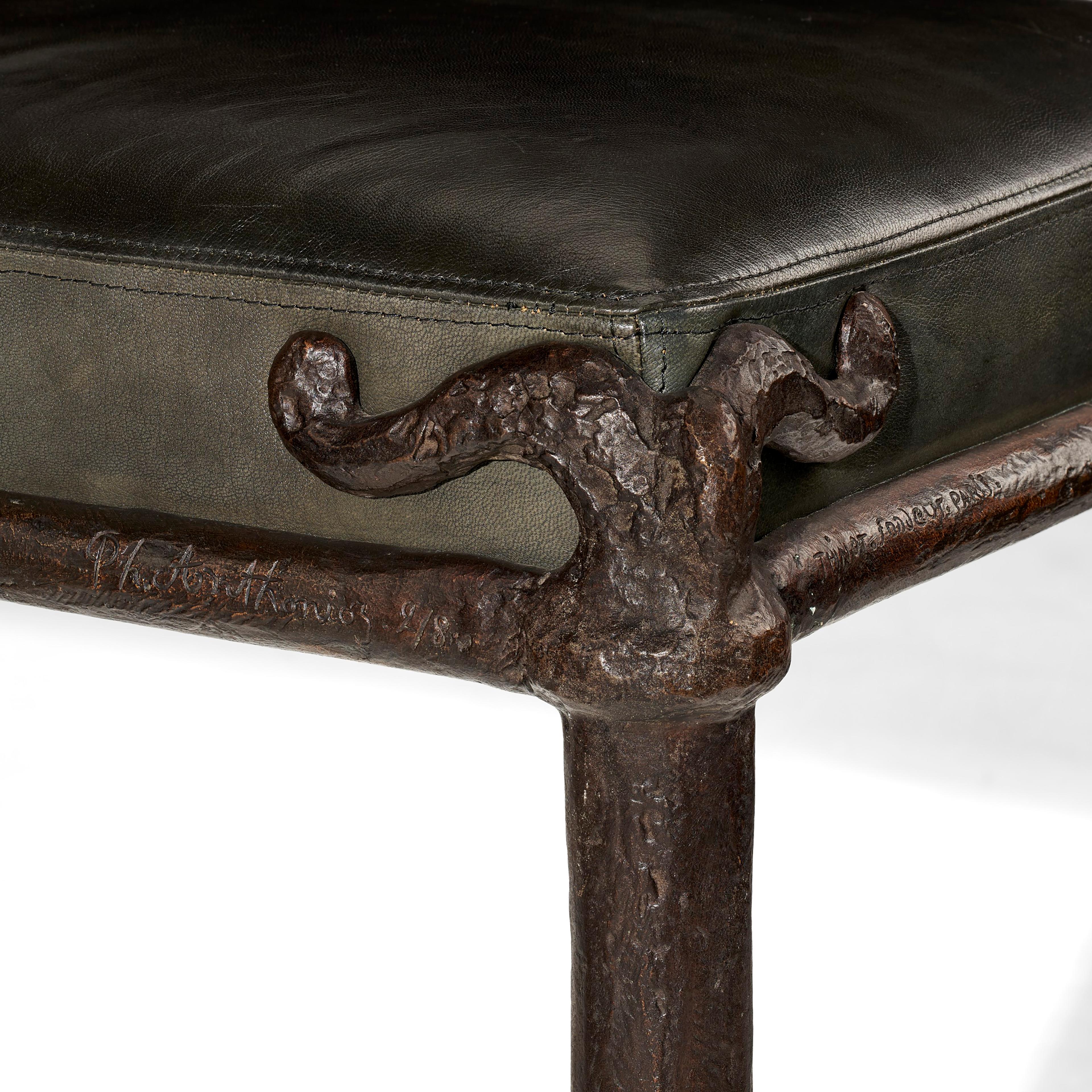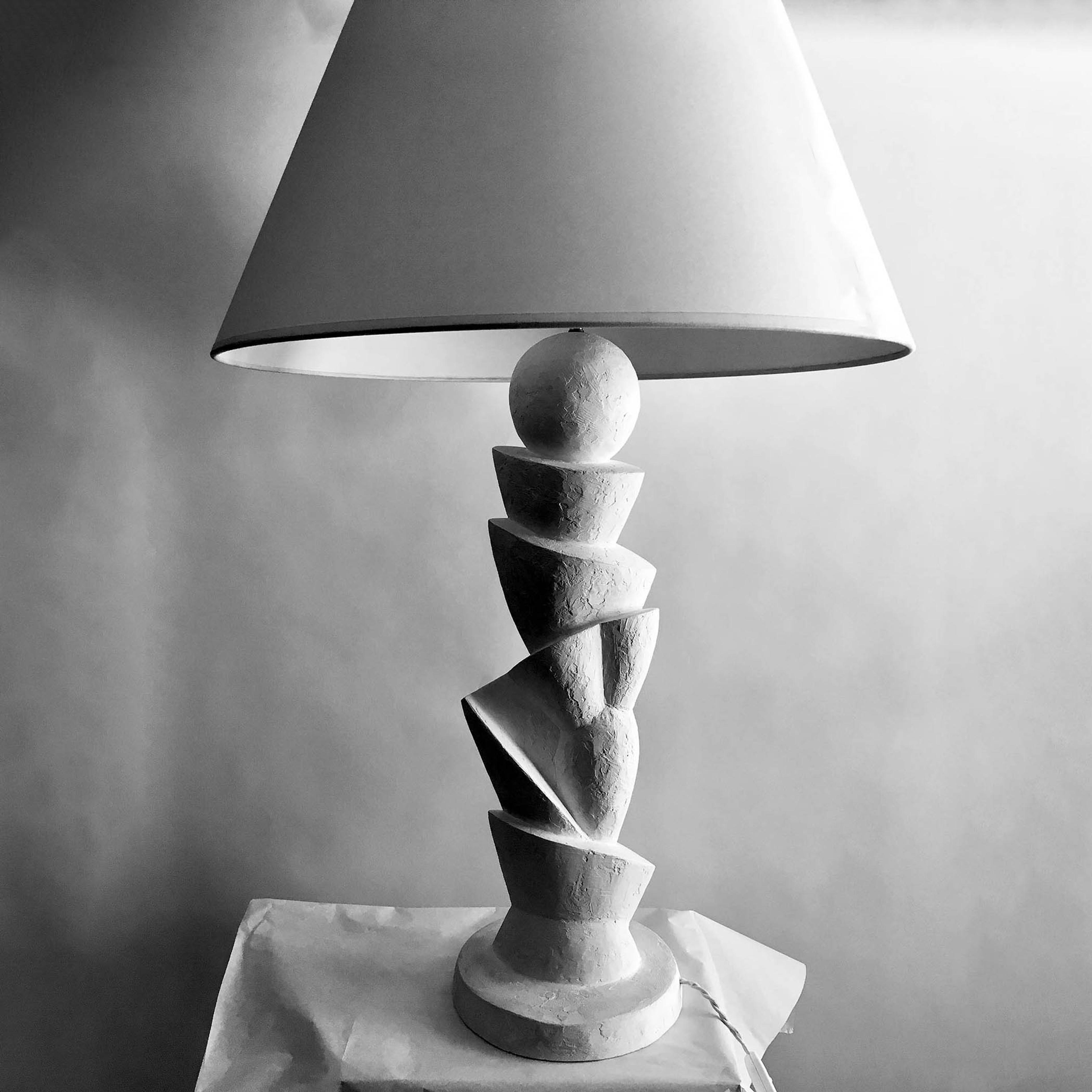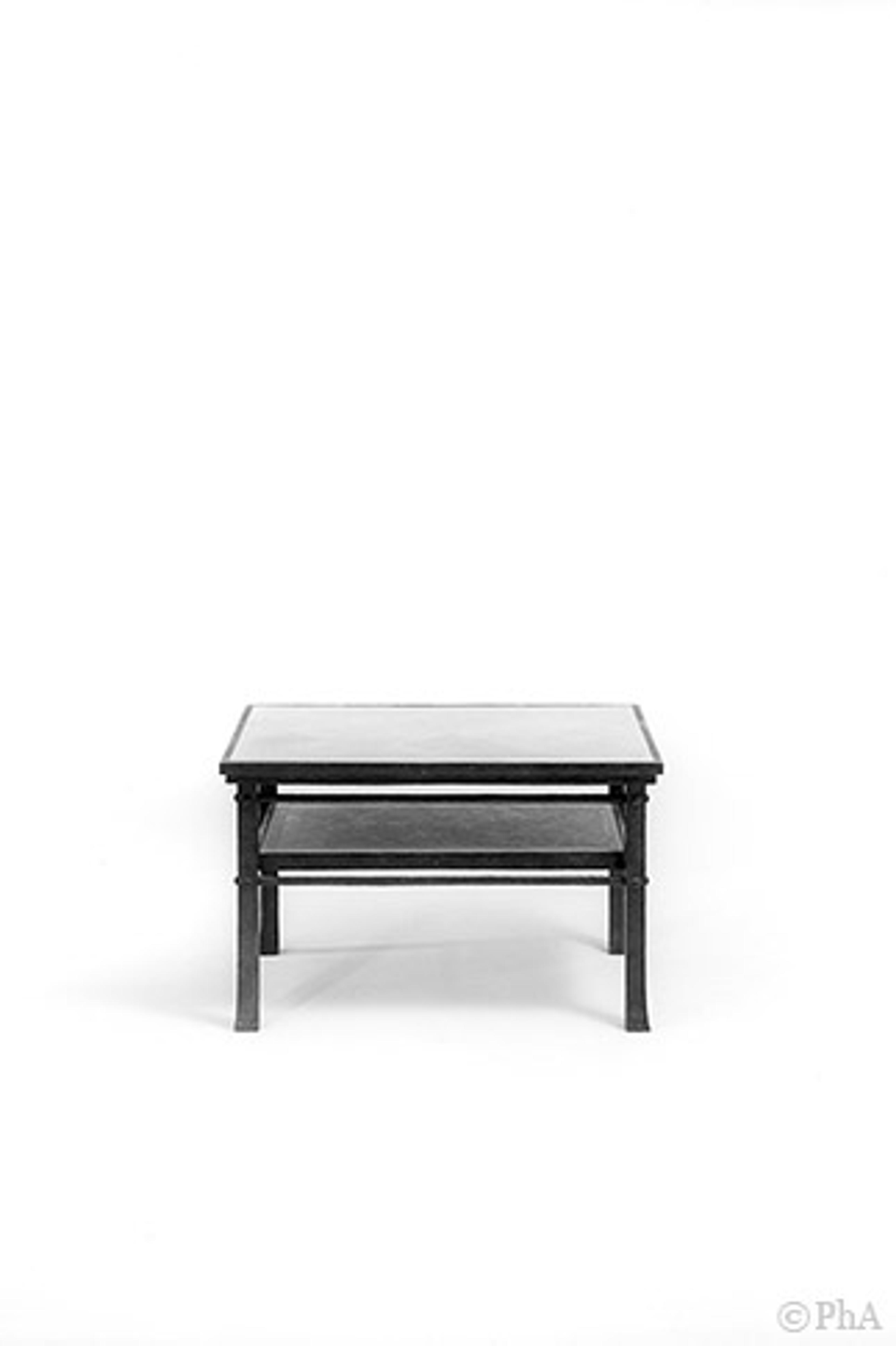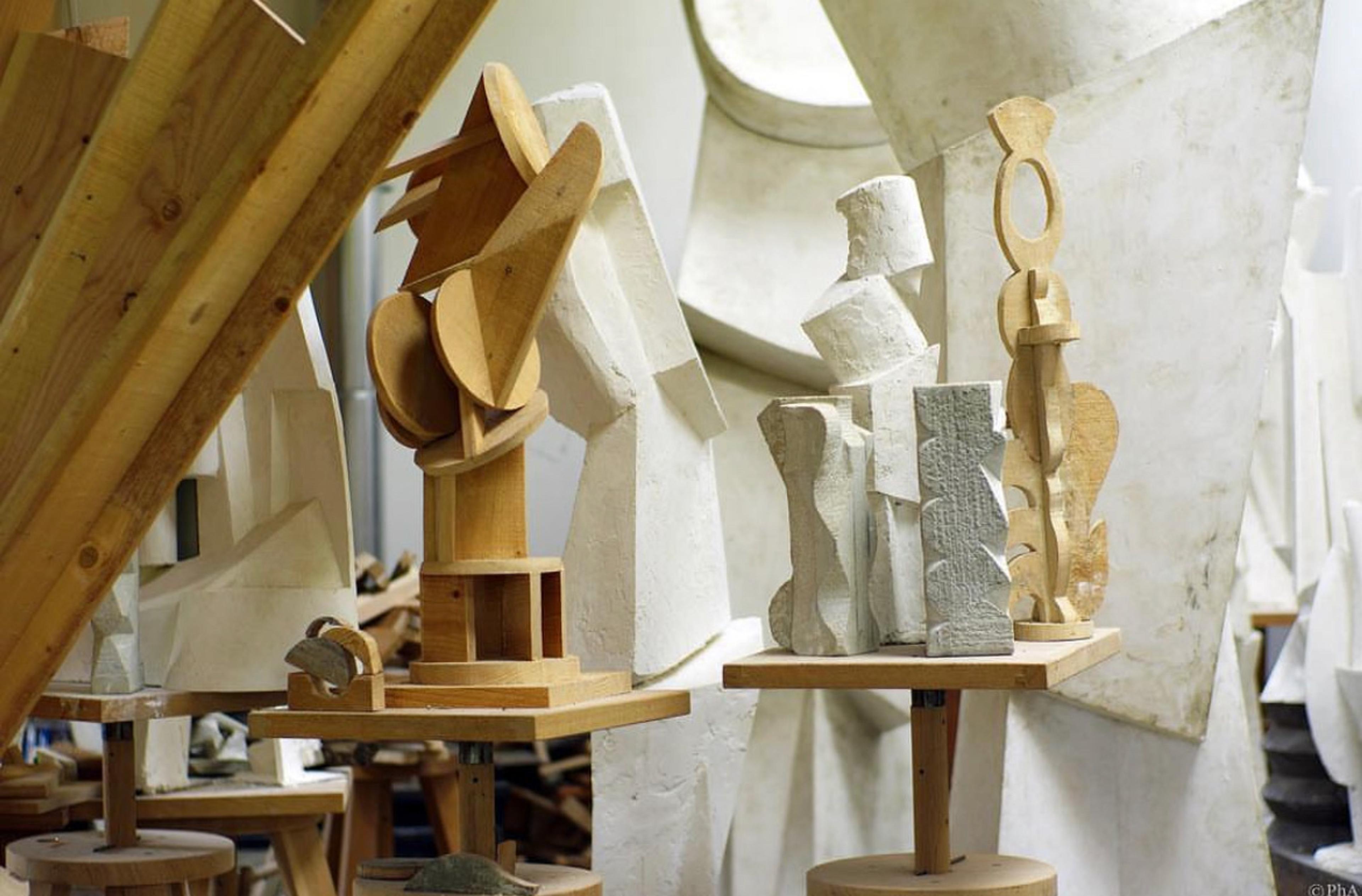
Philippe Anthonioz
Philippe Anthonioz
Philippe Anthonioz
French sculptor Philippe Anthonioz (b. 1953) lives and works between Paris and Provence, in the countryside of France. There, the artist expands upon a significant body of work that encompasses both functional and nonfunctional sculptures. Each is an intimate expression of the artist, rooted in the nature and materiality of its medium. Swinging between plaster, bronze, and wood with virtuoso, Philippe’s work embodies the sculptor’s dexterity as much as his artistic sensibility.
The artist's vocation may have been influenced by his childhood with a family of artists and art enthusiasts. Philippe was raised by two parents who shared a deep interest in the arts with circles of friends that included some of the most critical artists and intellectuals of the 20th century in Paris.
Between 1972 and 1982, Philippe spent his formative years honing his craftsmanship mastery working as a carpenter, a period and a discipline for which he retains a special affinity. During those years, the artist extended the technical skills learned in carpentry to his personal work and artistic explorations. Philippe confides that he continues to approach a sculpture as a constructor, starting most of his pieces, whether abstract or figurative, from a constructivist perspective.
In 1982, Philippe was asked by fellow artist Diego Giacometti to join him at the studio. With both of his hands challenged by his health condition, the renowned sculptor worked closely with Philippe until his passing in 1985. During these years, Philippe became an extension of Diego Giacometti's hands, helping him fabricate most of the studio's works and fixtures conceptualized for the Musee Picasso commission in Paris.
With a longstanding interest for monumental sculptures and their relation to the fabric of public spaces, Philippe’s small wood or plaster pieces might conceal the artist’s vision for an enlarged iteration aimed to engage with the public in outdoor spaces. Yet to the eye of the appreciator, each of these models, whether sculpted in wood or plaster, represents an elegant work of art with both its intimate scale and its monumental idea.
“Philippe Anthonioz creates monumental sculptures, harmonious ensembles of independent abstract forms that playfully engage with the untouched nature and the radiant light of the outdoor space,” says French Art historian and biographer Pierre Daix “In his work, the artwork never imposes itself. Instead, it becomes an elegant appeal to the eye.”
In all scales, and either medium, Philippe’s work feels like an abstract poem written with textured materials in lieu of words, punctuated by forms in frozen movements. As an ensemble, the artist’s sculptures, both functional and non-functional, exemplify the depth and breadth of his artistic expression and unwavering dedication.
Philippe Anthonioz
French sculptor Philippe Anthonioz (b. 1953) lives and works between Paris and Provence, in the countryside of France. There, the artist expands upon a significant body of work that encompasses both functional and nonfunctional sculptures. Each is an intimate expression of the artist, rooted in the nature and materiality of its medium. Swinging between plaster, bronze, and wood with virtuoso, Philippe’s work embodies the sculptor’s dexterity as much as his artistic sensibility.
The artist's vocation may have been influenced by his childhood with a family of artists and art enthusiasts. Philippe was raised by two parents who shared a deep interest in the arts with circles of friends that included some of the most critical artists and intellectuals of the 20th century in Paris.
Between 1972 and 1982, Philippe spent his formative years honing his craftsmanship mastery working as a carpenter, a period and a discipline for which he retains a special affinity. During those years, the artist extended the technical skills learned in carpentry to his personal work and artistic explorations. Philippe confides that he continues to approach a sculpture as a constructor, starting most of his pieces, whether abstract or figurative, from a constructivist perspective.
In 1982, Philippe was asked by fellow artist Diego Giacometti to join him at the studio. With both of his hands challenged by his health condition, the renowned sculptor worked closely with Philippe until his passing in 1985. During these years, Philippe became an extension of Diego Giacometti's hands, helping him fabricate most of the studio's works and fixtures conceptualized for the Musee Picasso commission in Paris.
With a longstanding interest for monumental sculptures and their relation to the fabric of public spaces, Philippe’s small wood or plaster pieces might conceal the artist’s vision for an enlarged iteration aimed to engage with the public in outdoor spaces. Yet to the eye of the appreciator, each of these models, whether sculpted in wood or plaster, represents an elegant work of art with both its intimate scale and its monumental idea.
“Philippe Anthonioz creates monumental sculptures, harmonious ensembles of independent abstract forms that playfully engage with the untouched nature and the radiant light of the outdoor space,” says French Art historian and biographer Pierre Daix “In his work, the artwork never imposes itself. Instead, it becomes an elegant appeal to the eye.”
In all scales, and either medium, Philippe’s work feels like an abstract poem written with textured materials in lieu of words, punctuated by forms in frozen movements. As an ensemble, the artist’s sculptures, both functional and non-functional, exemplify the depth and breadth of his artistic expression and unwavering dedication.
